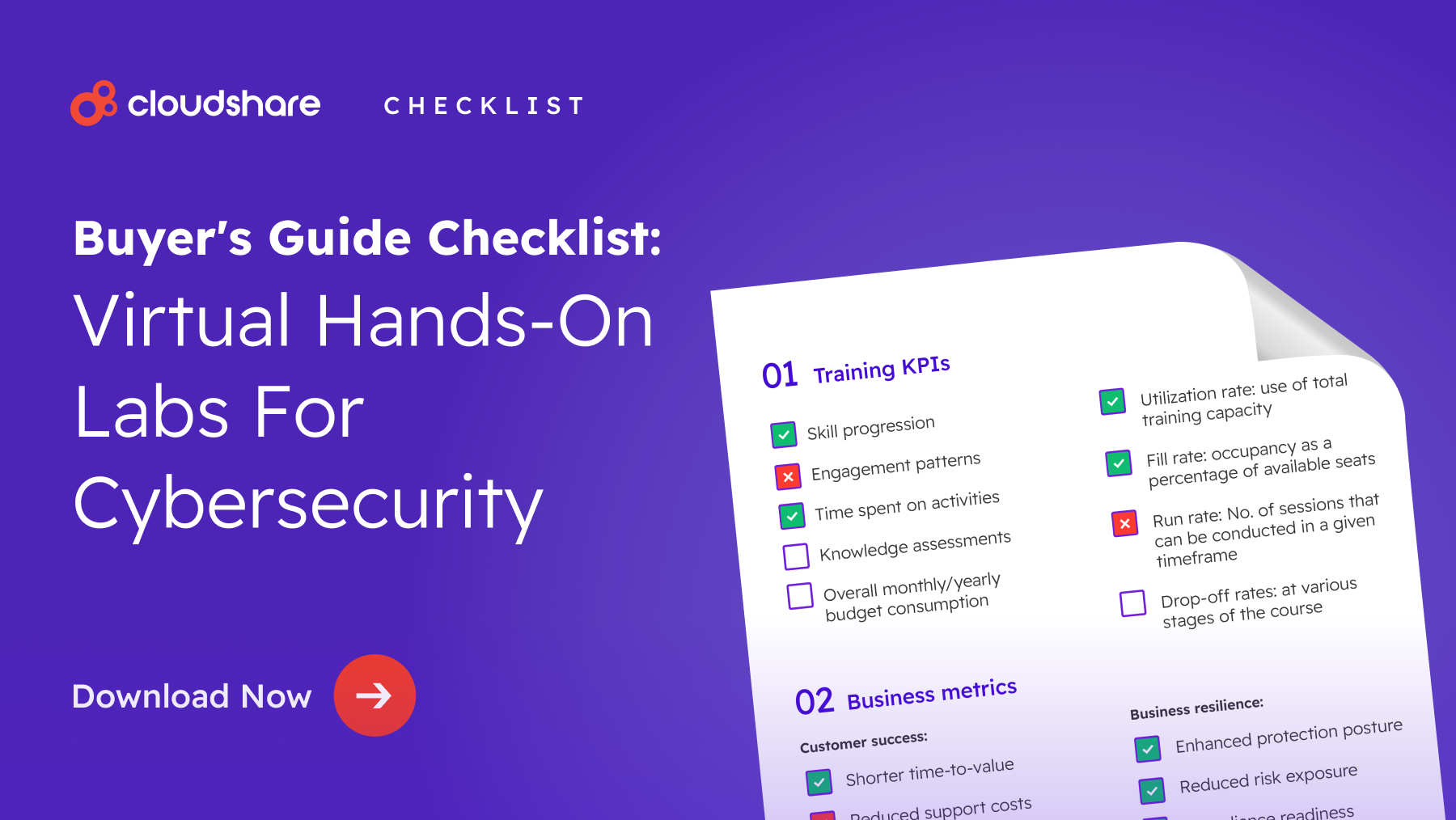
We live in an era of information overload. From crowded search results and non-stop marketing emails to sponsored ad placements in all forms of media — it seems everything is competing for our attention span today.
And it’s not just us saying this either. In Microsoft’s 2023 Work Trend Index, 68 percent of survey participants indicated that they lack uninterrupted focus time during the workday. Another 62 percent feel they spend too much time searching for information.
Why does this matter? According to The Morris Psychological Group, information overload is taking a heavy toll on our memory. In other words, we not only work less effectively but also struggle more with knowledge retention.
Not surprisingly, this has led to changes in how companies approach training. In fact, organizations are increasingly setting aside traditional corporate training in favor of something more lightweight and digestible, such as microlearning and bite-sized learning. In 2018, microlearning accounted for over 60 percent of all e-learning. Adding to that, microlearning adoption increased by 40 percent in 2020, while the global microlearning market is expected to reach roughly $4.2 billion by 2030.
As it turns out, microlearning isn’t the only way to make training content more concise. Bite-sized learning is another option. Although frequently confused with microlearning, bite-sized learning is distinct in a few key ways. Don’t worry, we’ll dive into this more later.
But first, let’s define these two learning methods, explore how they differ, and help you decide which one is right for your training needs.
What is Microlearning?
Microlearning delivers training content as a series of short, focused segments. Microlearning modules are typically interactive, accessible on any device, and require only a few minutes to complete. Designed with time constraints and limited attention spans in mind, microlearning lends itself well to personalized self-paced training within the workplace.
Benefits of Microlearning
Microlearning has been called a game-changer for corporate training, and with good reason. According to a study conducted by the Society for Human Resource Management, companies that have fully adopted corporate microlearning saw both productivity and employee engagement increase by 130 percent. Per the Journal of Work-Applied Management, microlearning has also been shown to improve retention, engagement, motivation and performance during learning.
What is Bite-Sized Learning?
Bite-sized learning is an approach to learning and development that involves breaking complex educational or training content down into smaller, more manageable portions. Each bite-sized module is typically focused on a single learning objective relative to the original course. The length of a bite-sized segment depends largely on the original course, though they are not typically longer than two hours.
Benefits of Bite-Sized Learning
Bite-sized learning offers many of the same benefits as microlearning, including improved knowledge retention, learner performance, and outcomes. A bite-sized approach also allows for greater flexibility in catering to different learning preferences, needs, and styles. Lastly, bite-sized learning makes it easier for learners to digest and understand complex or comprehensive topics.
The Difference Between Bite-Sized Learning and Microlearning
It’s easy to see how someone might conflate microlearning and bite-sized training. The two approaches share a great deal in common and even share the same basic rationale. At the same time, it’s important to be aware of how they differ from one another:
- Microlearning is almost always delivered digitally, whereas bite-sized learning may be digital, physical or hybrid.
- Bite-sized sessions may be up to two hours long, while microlearning sessions never require more than a few minutes of attention.
- Bite-sized modules are part of a larger course, while microlearning modules are generally self-contained.
- Bite-sized learning tends to be focused on broader objectives or outcomes, while microlearning is hyper-focused on teaching one key objective. For example, a bite-sized software cybersecurity training lesson on phishing would focus on the overarching topic while the microlearning version may hone in on educating about a specific method of phishing.
Should You Choose Microlearning or Bite-Sized Learning?
The choice between bite-sized learning and microlearning largely comes down to what you want to achieve with your training. Do you want to provide interactive on-the-job training, empower learners with on-demand access to learning materials, or give people the opportunity to refresh and reinforce existing knowledge? Microlearning is likely a better option.
On the other hand, if you want to make a complicated concept or extensive training program easier to digest and understand, bite-sized learning may be the right choice.
It’s also important to note that you don’t necessarily need to choose one or the other. Your organization can very easily blend the two learning models. For instance, if you’re training an employee for a highly technical job, you could start by breaking down the training program into bite-sized units. Each unit could then be further segmented for delivery via microlearning.
Lastly, if it seems like neither learning model works, don’t try to force it. Some training content simply isn’t well-suited for bite-sized delivery. There will always be a place for instructor-led training. As we saw from our 2023 Usage Report, students desire human interaction and collaboration at least as much as they enjoy the convenience of self-directed training.
Training in a Time of Limited Attention
The workplace of today may as well exist in a different dimension compared to what it looked like ten years ago.
Both employees and consumers now exist in a dynamic, information-rich digital environment. As a result, they demand engaging, interactive learning experiences – which microlearning and bite-sized learning are uniquely suited to deliver.
However, the success of any training initiative often comes down to the subject matter being taught. Take the time to consider whether the information would be better delivered using the more objective-focused bite-sized model, or as smaller, impactful microlearning modules.
And of course, microlearning and bite-sized learning aren’t your only options for corporate learning and development. Read about some of the other learning models here.
Frequently Asked Questions
When should I use bite-sized training?
Bite-sized training is most effective when you want to achieve only a single learning objective. It also effectively engages learners by not overwhelming them with too much information.
Bite-sized training tends to perform well in the following scenarios:
- Self-paced modules on complex topics
- Refresher training
- Ongoing professional development
When should I use microlearning?
Microlearning is better for continuous learning since it can deliver training content in small, targeted bursts. In addition to integrating learning into the workday, microlearning also gives learners a great deal of control over how and when they learn.
Scenarios where microlearning excels include:
- On-the-job training
- Just-in-time learning
- Product knowledge updates
How can I measure microlearning’s effectiveness?
There are various ways to measure the effectiveness of microlearning, including:
- Assessing knowledge application and transfer
- Comparing productivity and task completion time before and after training
- Evaluating an employee’s quality of work before and after training
- Comparing employees who’ve participated in microlearning with those who haven’t
Which method boosts engagement more?
Neither microlearning nor bite-sized learning is really superior in this respect. Boosting engagement depends on many factors, including your organization, industry, and the content you’re attempting to teach.
In some cases, microlearning will have a bigger effect on engagement, while the reverse will be true in other scenarios. The best advice is to choose whichever method best meets your training needs and objectives, then focus on developing compelling content.
This blog was updated in April 2025




